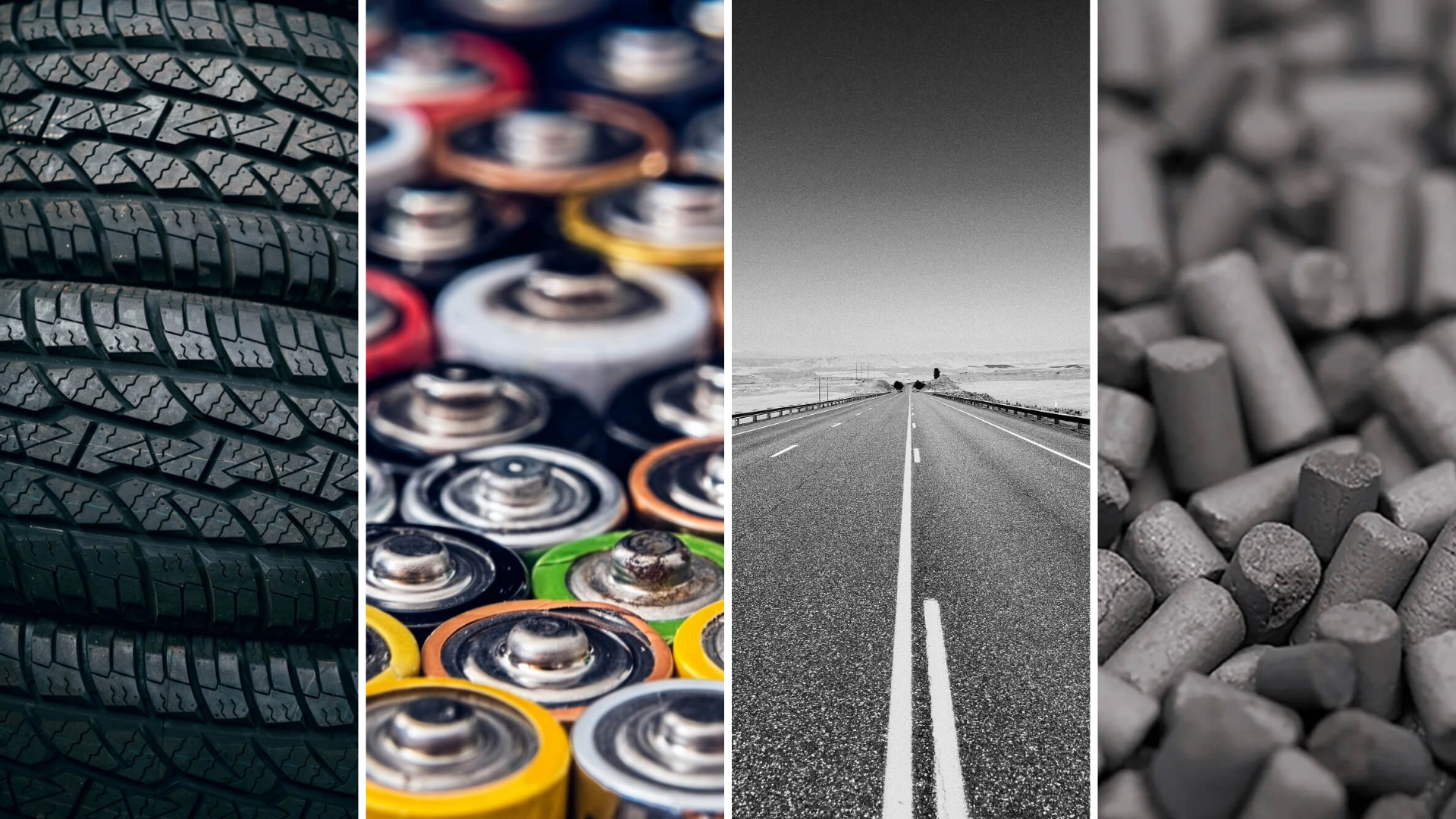LET’S TALK ABOUT CARBON BLACK
Methane Pyrolysis produces both hydrogen and solid carbon as co-products. Commercializing the solid carbon is a key aspect of Ekona’s strategy and drives the economics of our value proposition in two important ways:
- Solid carbon is easier and less costly to manage. Many hydrogen production processes produce carbon dioxide and require expensive carbon capture and storage solutions to mitigate emissions. Ekona’s clean hydrogen production platform doesn’t need CCS and literally brings carbon and greenhouse gas management back down to earth!
- Solid carbon adds economic and environmental value, not cost. Ekona’s solid carbon represents a revenue stream that strengthens the economics of its hydrogen production platform. It also provides an opportunity to lower the GHG intensity and cost of solid carbon production, providing both economic and environmental benefits for markets where carbon can be utilized.
What is Carbon Black?
Ekona believes the carbon black market represents a near-term opportunity. Carbon black is a fine black powder that consists of extremely small particles (10-500 nanometers) that form chain-like clusters with a very high surface area to volume ratio. Its structure gives it many useful properties: it’s lightweight, highly resistant to heat, excellent at absorbing UV light and conducting electricity, and won’t dissolve in water or most solvents. When mixed with other materials like rubber or plastic, carbon black acts as a reinforcing agent, improves wear resistance in rubber goods, provides UV protection, and can enhance electrical conductivity. These properties make it particularly valuable in tire manufacturing, where it helps control heat buildup while reinforcing the rubber structure. By preventing heat buildup, the tire has better rolling resistance and reduces the carbon dioxide generated by the moving vehicle.
Producing carbon black is highly technical and sophisticated; carbon black manufacturers use highly controlled processes to produce different grades of carbon blacks, engineered to have different properties.
Ekona is currently conducting a research program with third-party research facilities to evaluate the benefits of adding carbon black to asphalt cement mixes to improve the strength and durability of pavements and roads.
About Ekona’s Carbon Black
We’ve been testing our carbon since 2020 but began our sampling program in earnest in 2023, producing increasing quantities and varying grades of carbon ever since. Ekona uses industry-standard equipment for carbon black separation and drying, and we have standardized processes for carbon collection, sampling, and characterization (which looks at the physical and chemical properties of the carbon to determine its suitability for market applications).
Our carbon samples resemble soft carbon blacks. Examples include N990 carbon black, used primarily in applications that demand high loading capacity and minimal reinforcement – think tire inner liners, belts, hoses, and mechanical rubber goods. Another example is 700-series carbon blacks, which are semi-reinforcing grades used for tire sidewalls, inner liners, and various rubber products, balancing reinforcement with processability.
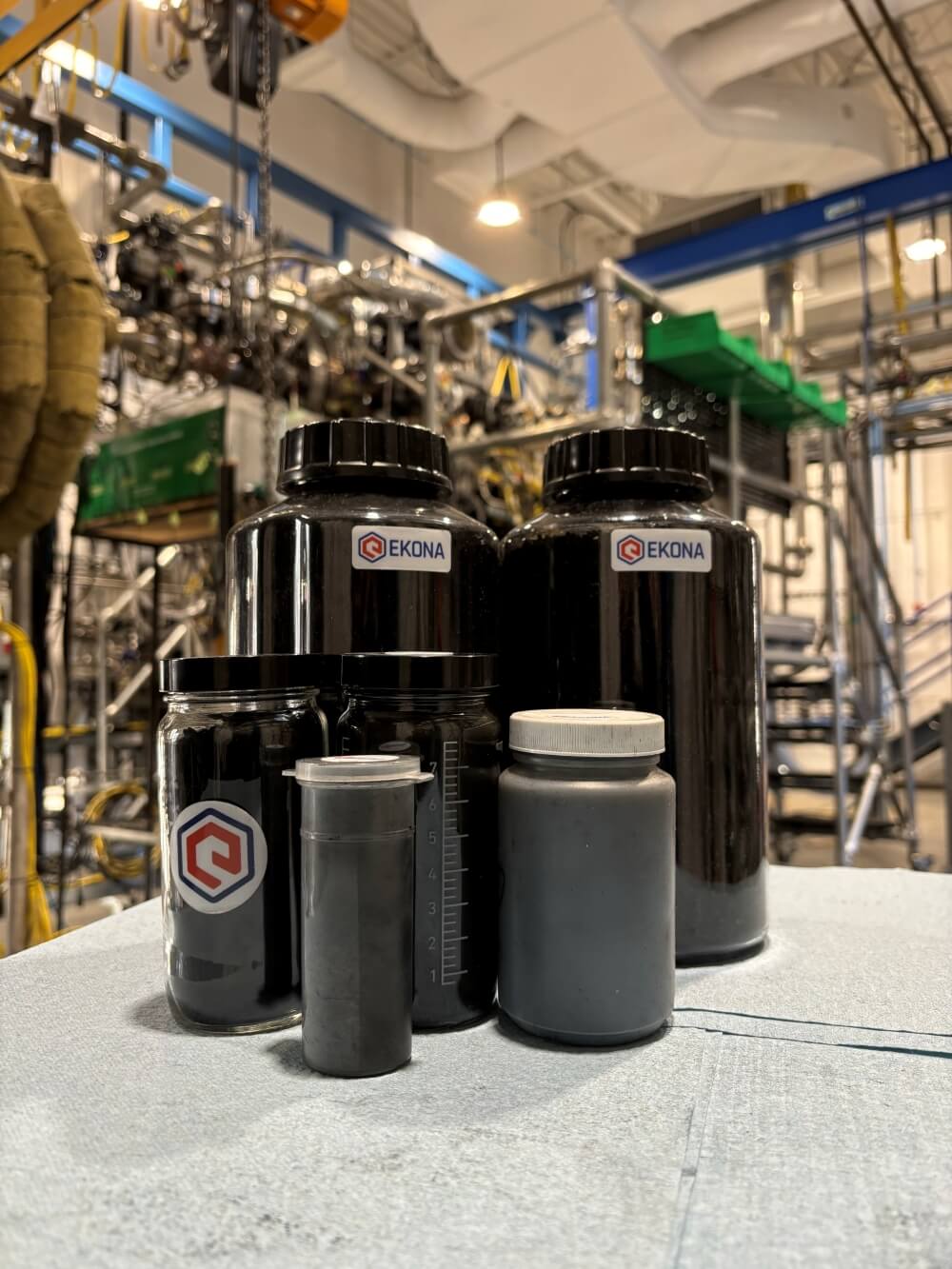
The Markets for Carbon Black
Carbon black’s unique properties, including its strength, conductivity, absorption capacity, and thermal stability, make it an important material used in a variety of industries.
- Tires and rubber: used to reinforce tires and rubber. Approximately 70% of global demand for carbon black is for tires.
- Plastics: used in plastics primarily as a UV stabilizer and pigment. It can also enhance mechanical properties, improve conductivity, and increase durability.
- Battery electrodes: utilized to enhance electrical conductivity and improve the overall performance of the battery, particularly in lithium-ion batteries.
- Asphalt: can be added to asphalt for use in road construction, roofing materials, and for waterproofing.
- Cement and construction materials: used for concrete reinforcement, thermal insulation, and electromagnetic shielding.
- Soil remediation: helps remediate contaminated soils by adsorbing heavy metals and improving soil structure, effectively reducing pollutant bioavailability, and enhancing overall soil quality.
- Water purification: used as an effective adsorbent in activated carbon filters, removing contaminants like chlorine, sediment, and organic compounds.
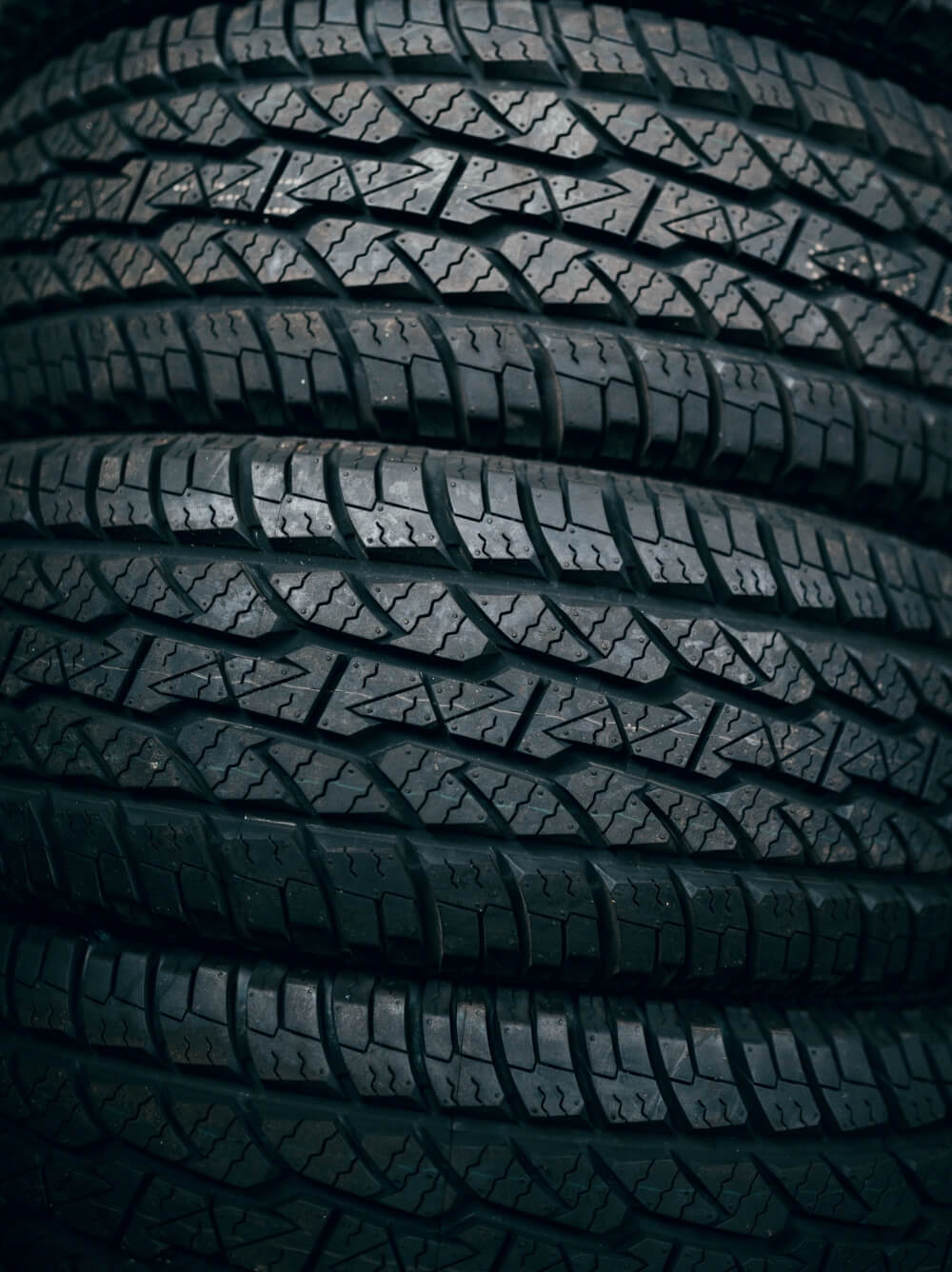
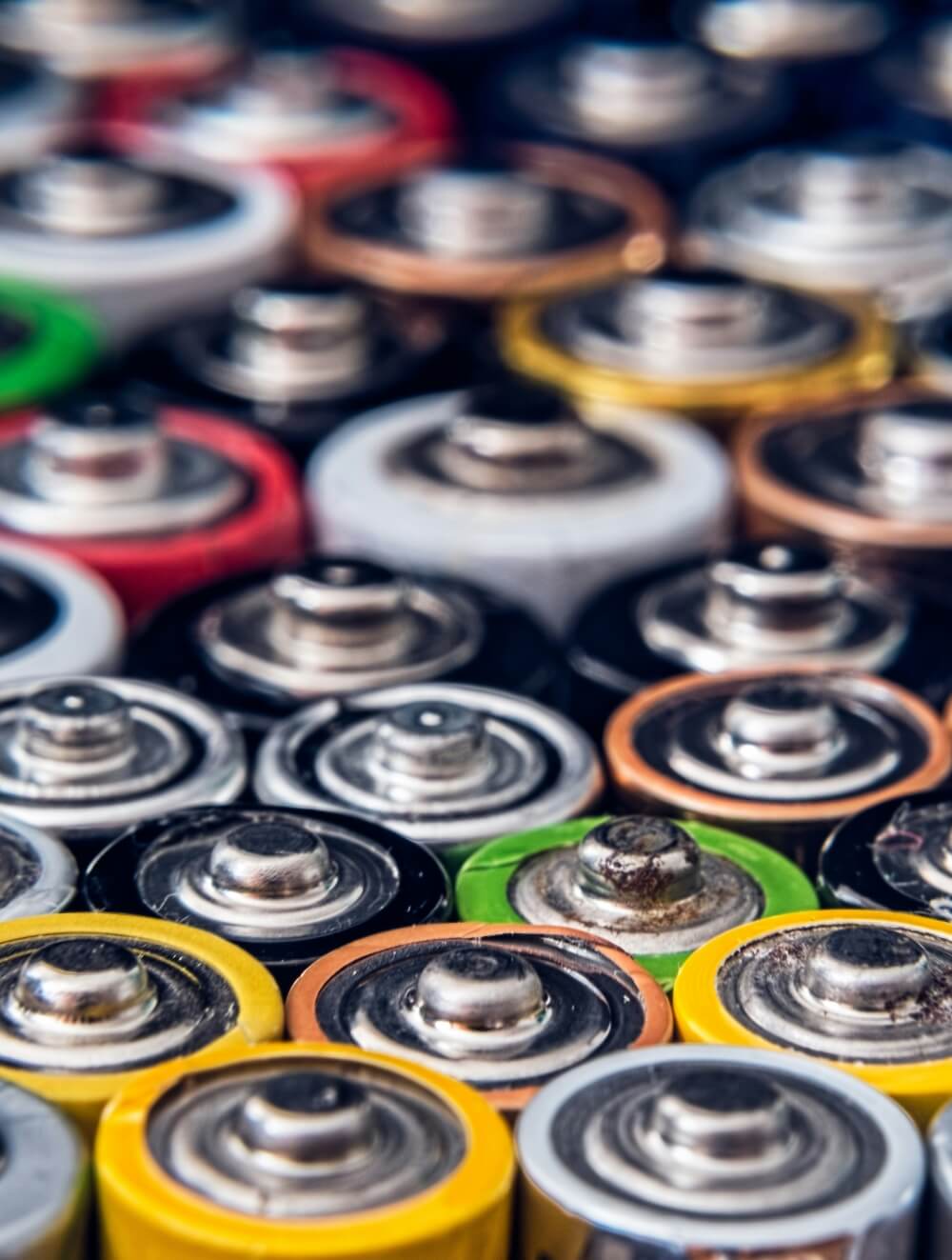


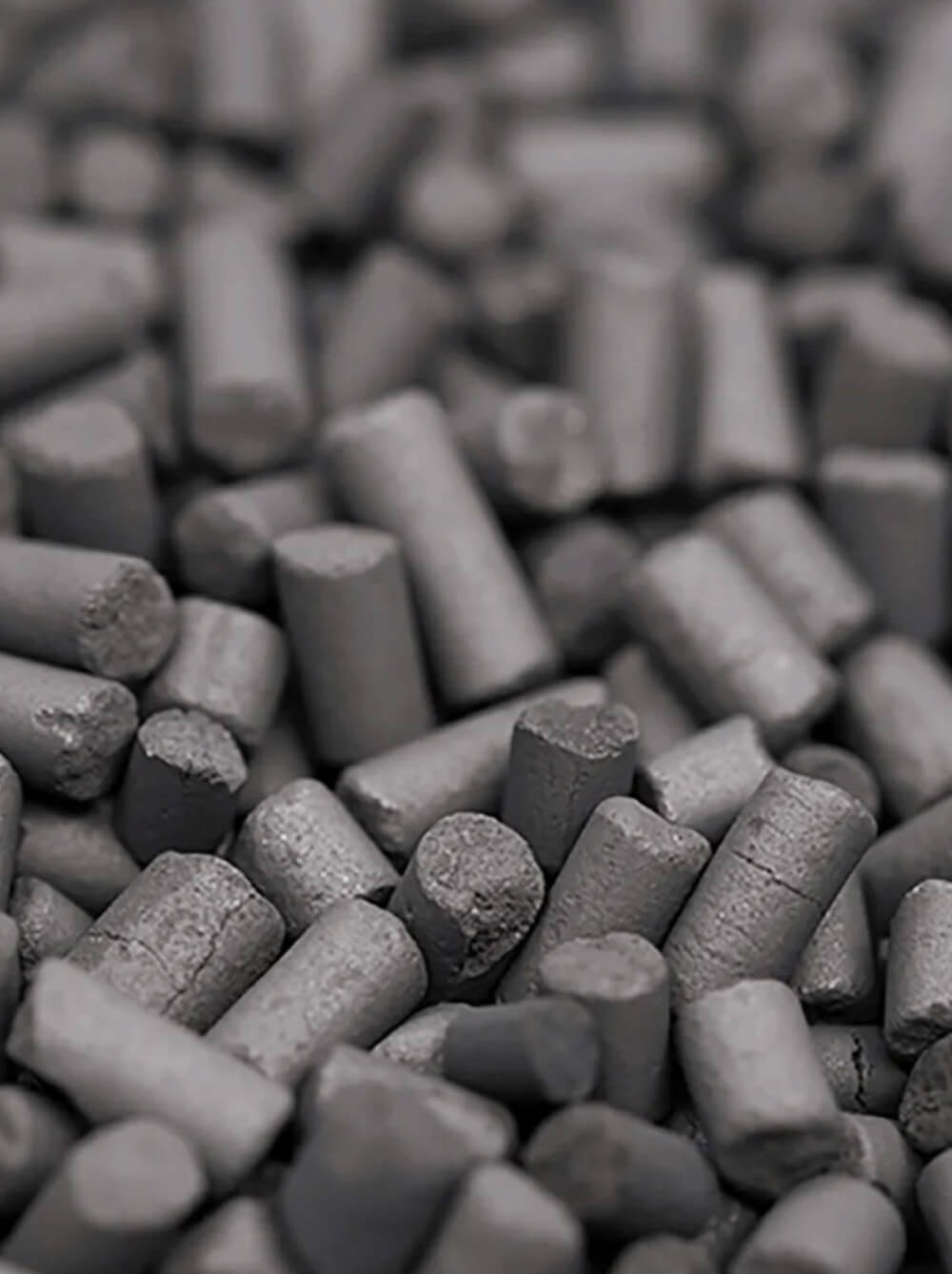
Ekona’s Go-to-market Carbon Strategy
Ekona’s strategy is to collaborate with strong supply chain partners to deliver our carbon product into existing carbon black markets where current demand will easily absorb market penetration of methane-pyrolysis carbon (e.g., carbon black for tires, rubber, plastics, battery electrodes). Growth markets for Ekona’s carbon black will be construction materials (asphalt, cement, and concrete), soil remediation, and water purification.
Follow us on LinkedIn to stay up to date on Ekona news! You can also join our mailing list.

